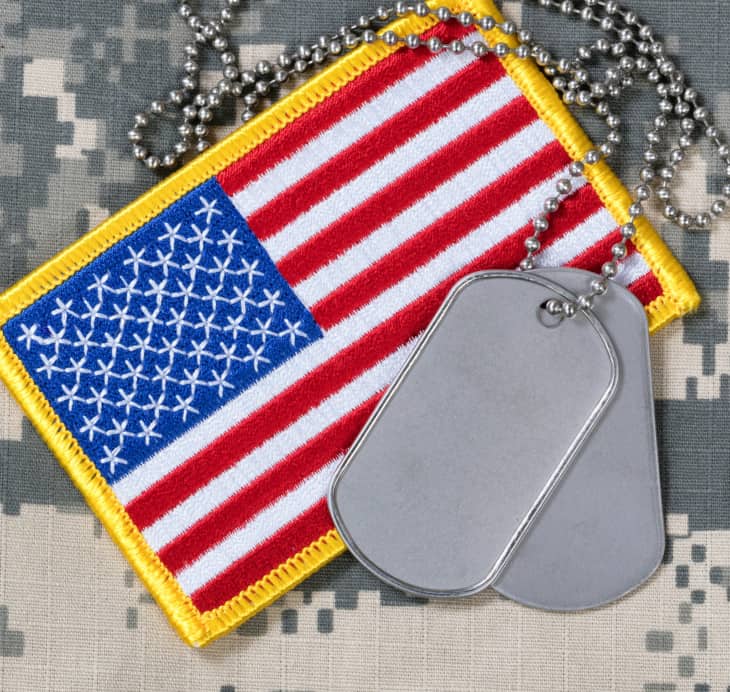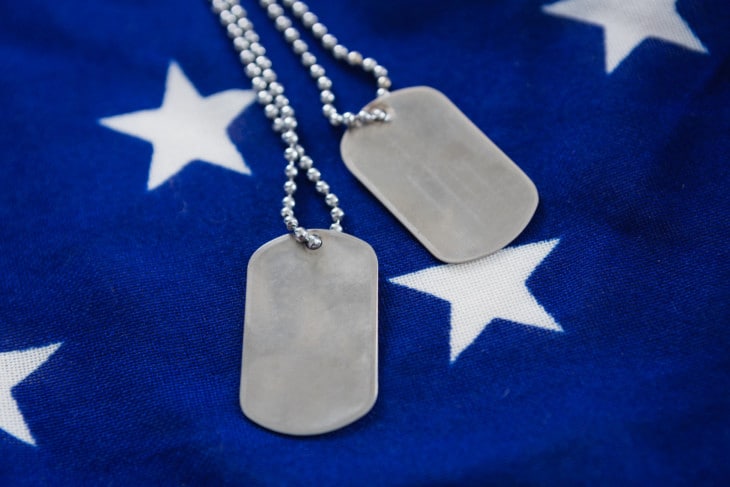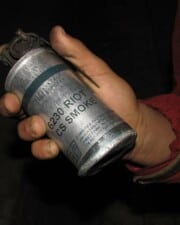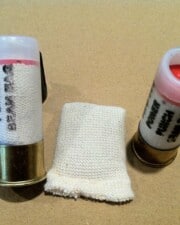Soldiers receive dog tags to provide identification if they are wounded or killed in action. However, they have also become considered a fashion statement. So, can civilians wear dog tags without disrespecting the military?
Table of Contents
Civilians can legally wear dog tags. Yet, attempting to use the dog tags for personal gain may be considered an act of stolen valor, which is a punishable offense. Some veterans and active military members may consider it disrespectful, while others do not care.
Some military personnel may find it offensive for civilians to wear dog tags. A civilian wearing dog tags may be considered comparable to civilians wearing combat fatigues, flag patches or saluting a soldier. However, everyone has personal opinions on the matter.
A civilian is unlikely to go unnoticed by former and current members of the military when wearing dog tags. Veterans and active members of the military rarely wear their dog tags in public. Members of the military are not required to wear their dog tags outside of combat situations.

As members of the military rarely wear their dog tags in public, wearing them openly is often considered a sign that someone is posing as a veteran.
Members of the military who see a civilian wearing dog tags may consider it:
- Disrespectful
- Comical
- Unusual
Yet, loved ones occasionally wear the dog tags of those that they have lost. A civilian may wear dog tags that belonged to a grandparent, parent, or spouse. They may wear the tags to remember and honor their family members.
Civilians may also purchase fake dog tags. Fake tags are available with personalized inscriptions. Unlike wearing dog tags that belonged to a loved one, wearing fake dog tags is likely to be considered disrespectful.
Military-style dog tags are available from a variety of online retailers and almost every major online marketplace. Most options are available with personalization. Customers can have dog tags engraved with their name or a message.
Family members and veterans who wish to replace lost tags must use a commercial service. Dog tags are only replaced for active service members.
Soldiers first started wearing ID tags in 1906, several years after the end of the Spanish-American war. While US soldiers started wearing dog tags in 1906, the use of identification tags started with the Spartan Army during the Roman Empire. The Spartans wrote their names on strings that they tied to their wrists.
The creation of dog tags for US soldiers was proposed by Army Chaplain Charles Pierce. Pierce oversaw the Army’s morgue in the Philippines. He recommended that all soldiers wear circular disks to identify those that were severely injured or killed.
The original US Army dog tags were the size of a half-dollar coin and attached to a cord or chain worn around the neck. The US Navy started requiring service members to wear dog tags in 1917. By World War II, the dog tags resembled the current shape of a rounded rectangle.
Soldiers receive two tags for identification purposes. If a soldier is killed in action, his fellow soldiers are supposed to remove one of the tags and leave the other with the body.
Originally, one tag was stored inside one of the soldier’s shoes. The other tag was worn around the neck. Troopmates would take the tag worn around the neck, leaving the other tag in the shoe.
What Information Does a Dog Tag Include?
Dog tags contain personally identifying information. The purpose of a dog tag is to easily identify a soldier killed or severely injured in combat. However, the exact information included on the tags varies depending on the branch of the armed forces.
All tags include the soldier’s first name and last name. The tags also include the soldier’s religious preference and blood type. The US Coast Guard and Navy still include the soldier’s Social Security number.
The US Air Force and Army replaced the Social Security number with the soldier’s Department of Defense ID number. The DoD wanted to protect the privacy of soldiers if their tags are lost or stolen.
The US Marine Corps replaced the Social Security number with the soldier’s EDIPI number and branch. The Marine dog tags also include the soldier’s gas mask size.
Related Posts













